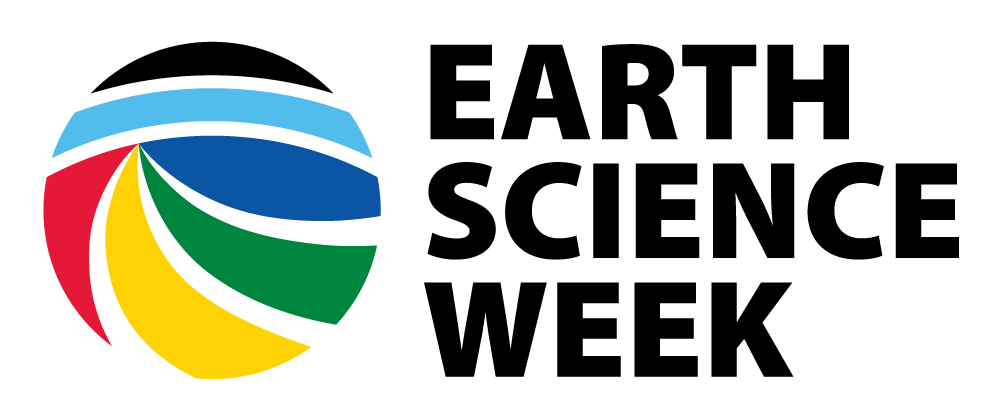Painting With Soil Activity Source: Soil Science Society of America, Adapted with permission
Soils are one of our most important natural resources — just think of where all the food you eat comes from. They also are important for the beauty the many soil colors add to our landscapes.
Most of us overlook this natural beauty because we see it every day. Often these colors blend with vegetation, sky, water, etc.
[Read More]
Parks Past, Present, and Future
Parks Past, Present, and Future Activity Source: Adapted with permission by National Park Service.
Over Earth’s 4.5 billion-year history, tectonic upheavals and colliding plates formed mountain ranges and carved out basins. Forces of erosion and weathering have been at work to break down these landforms. Records of these processes are imprinted on the land and define distinctive landscapes around the United States and in its national parks.
The dynamic processes that formed the spectacular landscapes of many national parks remain active today.
[Read More]
Particle Size and Oil Production
Particle Size and Oil Production Activity Source: Adapted by AAPG from EarthComm and the American Geosciences Institute. Adapted with permission.
What factors affect how easily a fluid can move through sediments? How is this flow rate connected to oil production?
Many people think that oil lies in big pools below Earth’s surface. Oil actually is located in the pores within rocks (called “source rocks”). When the pores are connected, oil can flow slowly through the rock.
[Read More]
Predict the Flow
Predict the Flow Activity Source: NASA and AGI. Adapted with permission for the American Geophysical Union.
Ever play with clay? Using a common modeling compound, you can form a “volcano” and examine its topography to predict which way lava will flow down its slopes. You could also investigate mud flows or debris flows.
Materials 2 containers of modeling compound or clay Clear plastic bin Dark colored water (make sure that your modeling compound is a contrasting color from your water) Clear clipboard 2 transparencies and transparency marker Safety scissors Dish detergent Baking soda Vinegar Dropper Metric ruler Tiny plastic cup (about 2 oz.
[Read More]
Products from Petroleum
Products from Petroleum Activity Source: Society of Petroleum Engineers. Adapted with permission.
Where would we be without petroleum? You can kiss lipstick goodbye!
Not only does petroleum provide fuel to run our vehicles, cook our food, heat our homes, and generate electricity, it is also used in plastics, medicines, food items, and countless other products, from aspirin to umbrellas and, yes — lipstick! We use many oil products as synthetic alternatives to natural materials, including synthetic rubber instead of natural rubber, and detergent instead of soap.
[Read More]
Products Made from Petroleum
Products Made from Petroleum Activity Source: Adapted with permission by Bruce Wells, American Oil & Gas Historical Society.
Background Most people associate petroleum with transportation — but we are surrounded by thousands of other everyday products that come from this vital natural resource. A typical 42- gallon barrel of crude oil yields about 20 gallons of gasoline and 4 gallons of jet fuel. What products come from the other 18 gallons?
[Read More]
Properties of Fluids in Reservoirs
Properties of Fluids in Reservoirs Activity Source: American Association of Petroleum Geologists.
Adapted with permission from EarthComm , American Geosciences Institute.
Petroleum geologists play a vital role in locating energy resources. They use a variety of methods to collect the data they need to find reservoirs of oil and natural gas.
When they find these reservoirs, petroleum geologists need to calculate their volume. They also need to estimate how much they can recover (remove) from the reservoir.
[Read More]
Ring of Fire
Ring of Fire Activity Source: National Park Service. Adapted with permission.
A plate boundary is a line on a map that defines the edge of a tectonic plate, usually indicating where one plate meets another. Plate boundaries are further divided by the direction that they are moving relative to one another.
When plates are moving towards one another, the point of contact is called a convergent plate boundary. When plates are moving away from each other, it is called a divergent plate boundary.
[Read More]
Rock Abrasion
Rock Abrasion Activity Source: Association of American State Geologists. Adapted with permission.
Rocks break down into smaller pieces through weathering. Rocks and sediment grinding against each other wear away surfaces. This type of weathering is called abrasion, and it happens as wind and water rush over rocks. The rocks become smoother as rough and jagged edges break off. In this activity, you will model how abrasion works.
Materials For each person:
[Read More]
Rock Around the World
Rock Around the World Activity Source: National Aeronautics and Space Administration and Arizona State University, 2006. Adapted with permission.
Background Scientists need your help. Those studying Mars are asking students from around the world to help them understand “the red planet.” Send in a rock collected by you or your classroom from your region of the world, and NASA scientists will use a special tool like the one on the Mars Rover to tell you what it’s made of.
[Read More]
